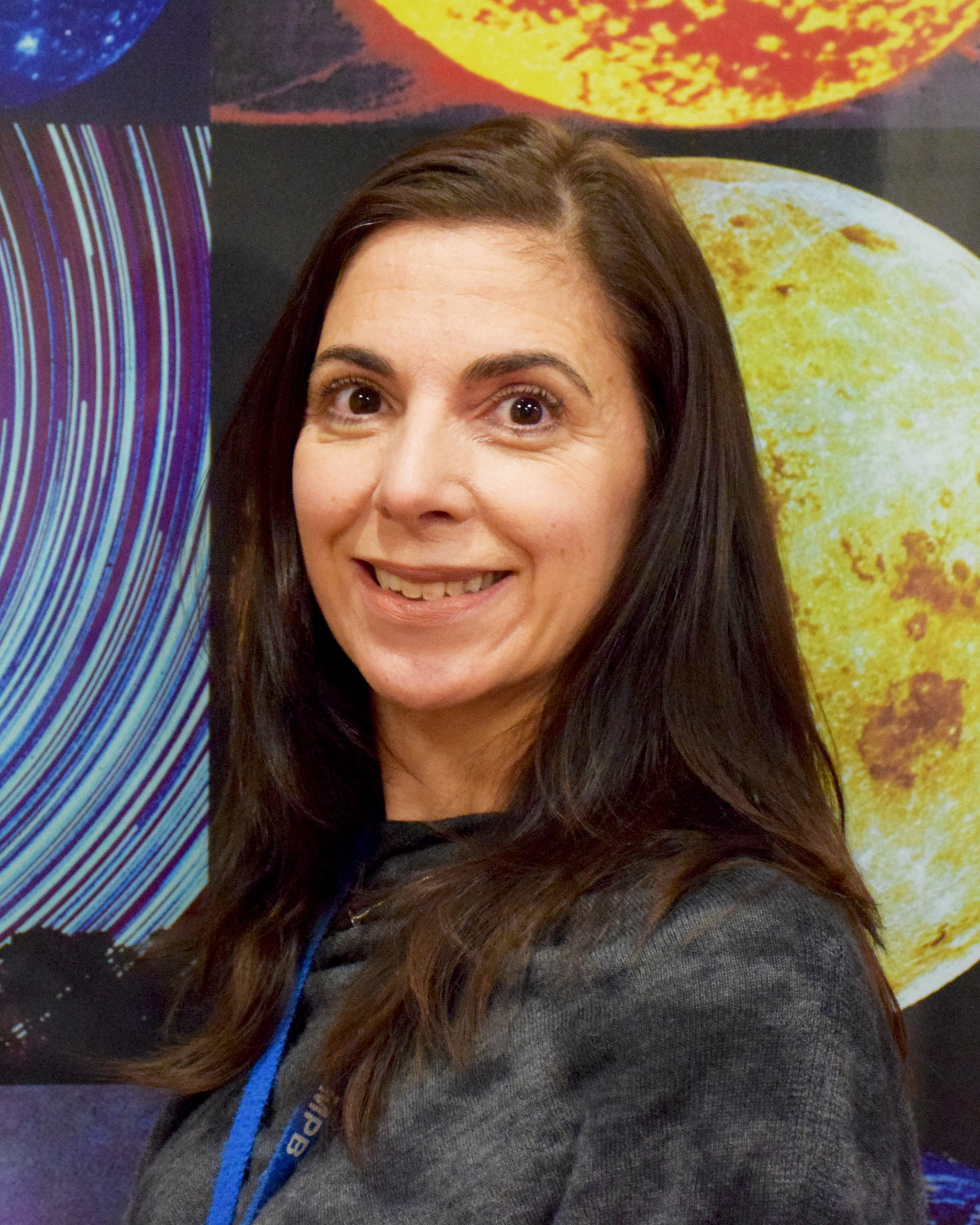
Distance learning is no substitute for in-person instruction as it does not offer the advantage of face-to-face, social-emotional interaction with teachers and peers. Nevertheless, teachers and administrators at the Mount Pleasant Blythedale Union Free School District are working hard to engage students and maintain continuity of learning during the COVID-19 pandemic crisis.
Mount Pleasant Blythedale UFSD is a New York state public, special act school district, which was chartered in 1971 to serve the highly specialized needs of the patients of Blythedale Children‘s Hospital. Children in kindergarten through high school, who require intensive rehabilitation and medical care, attend school either as inpatients or through Blythedale‘s Day Hospital Program. There is also a special education preschool. This integrated program—which typically serves 150 children daily—is a dynamic interplay of medical care, therapies and education.
Read: 270 free K-12 resources during coronavirus pandemic
Leveraging tech for instruction
Due to New York state mandates and the need to maintain social distance, administrators and teachers have shifted from classroom to distance learning to provide a short-term solution for students, particularly those with special education needs.
We contacted parents, identified needs that included effective means of communication and access, and worked to provide a way for all students to continue to engage with instruction in a meaningful way. We’re providing these kids with the opportunity to learn, move and work on their individual goals, while continuing to make progress in rehabilitation and education.
We’re providing these kids with the opportunity to learn, move and work on their individual goals, while continuing to make progress in rehabilitation and education.
Using technology, teachers have found creative ways to engage and connect with and provide access for students. Through the following five approaches to instruction, here is how we are incorporating tech.
- Modeling: We are providing online story time with the librarian and classroom teachers, auditory recordings of texts that students can follow along, and prerecorded circle and calendar time for students to review and follow. (See a digital story time example here.)
- Scaffolded learning: We are using videos to outline expectations for assignments, including how to access the content by demonstrating concepts. Google Forms allows us to monitor students through informal check-ins and to respond to learning—clarifying, reteaching and reinforcing. Educators are presenting new content using Google slide presentations; student read short selections of text and are prompted to answer related questions there. Teachers include images and videos in the slides, as well, to support understanding, and comment on student responses through the slides. We are meeting the diverse needs of our students by taking into account their strengths as learners. Recording lessons on YouTube affords our secondary students the opportunity to revisit and replay a lesson that they may not have understood the first time.
- Flexibility: Providing a wealth of choices for students on assignments is important. Our students are able to choose from familiar educational apps that reinforce content and skills. Choice boards allow parents and/or students to select and engage with activities that promote learning, and help minimize the stress of engaging young learners for a significant periods of time, for instance.
Read: 4 concepts for balancing screen time in the online learning era
-
Differentiation: Educational platforms are allowing our teachers to differentiate for students and to track their progress and their time spent on a specific topic. Google Docs, Google Forms, EdPuzzle, BrainPOP and Scholastic News are familiar to students and provide opportunities for independent learning. For instance, Scholastic News magazines include nonfiction stories that can be read to a student; and the audio, video and brightly colored pictures help to maintain a student’s attention. Readworks.org allows teachers to assign differentiated reading passages to meet student needs. Teachers assign passages as well as comprehension and vocabulary questions to gauge student understanding, and provide feedback. Also, Epic! books allows our students to engage with diverse literature, and provides supports, such as text read aloud to students. IXL Math is another supportive resource that we use, which is designed to assign specific skills to individual students.
- Interaction: Zoom sessions have helped to ensure personal connections and provide an opportunity to share learning. Both teachers and administrators connect with families through personal phone calls and daily emails, and through committee on special education as well as care plan meetings. Parents provide feedback to teachers via photos and videos of students learning. We are moving toward providing live lessons, which will allow students to interact with teachers by asking questions.
Emily Hersh is superintendent of the Mount Pleasant Blythedale Union Free School District, New York’s only public school district located on-site at a hospital, serving inpatients and Day Hospital patients at Blythedale Children’s Hospital. She has committed to the district motto, “Learning as the body heals,” for 23 of her 29 years in education.
DA’s coronavirus page offers complete coverage of the impacts on K-12.

